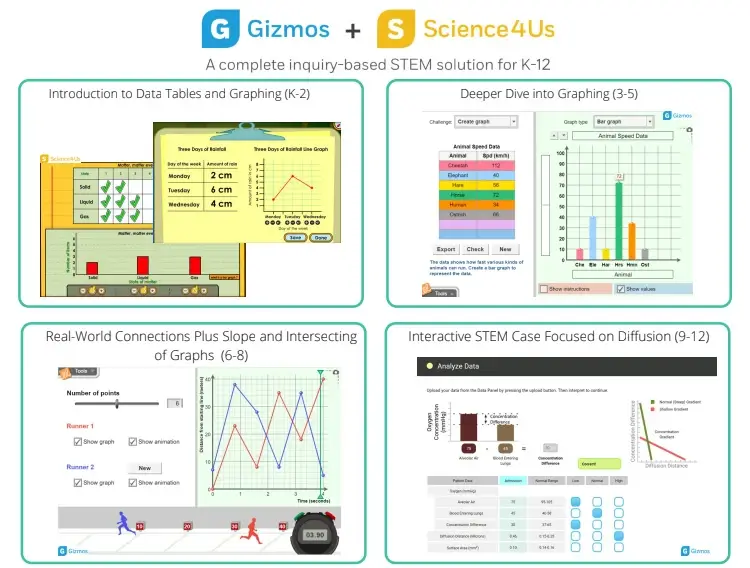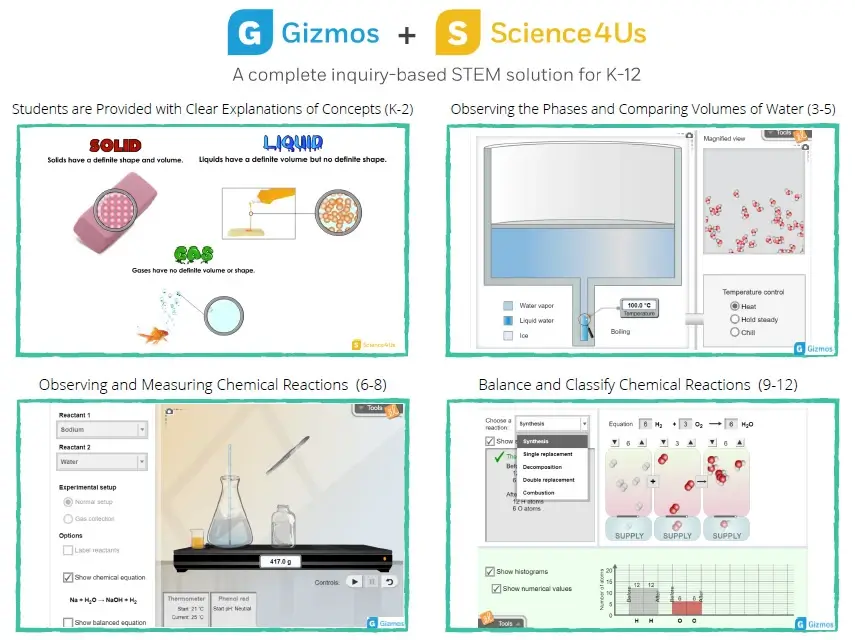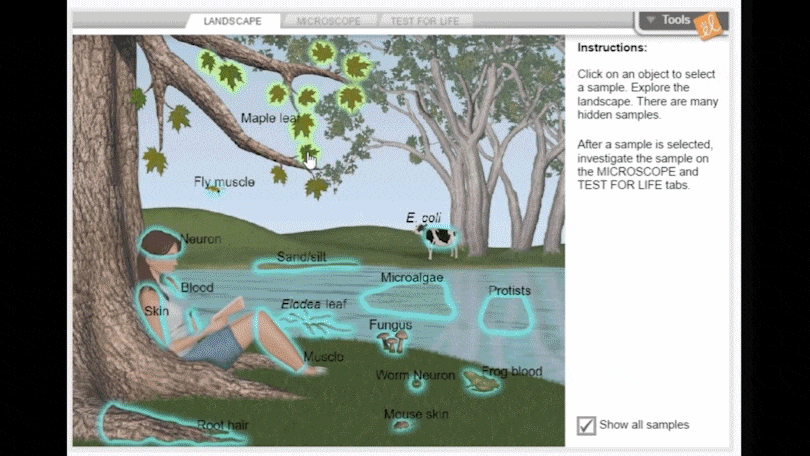K-12 Science Progression: Connecting the Dots for Success

Do you ever wonder about scientists? Were they always curious about the world around them? Chances are that a quest for answers surfaced when they were young. They were probably students who enjoyed inquiry-based learning and science classes that allowed them to explore and investigate. Providing students with a framework for K-12 science progression that builds knowledge and encourages experimentation is critical for the success of future scientists.
The connection between math and science for students and educators
In the early 19th century, a German mathematician named Carl Friedrich Gauss called mathematics the "queen of the sciences." He noted that math successfully uncovered the “nature of physical reality.” The connections between math and science are obvious. The two subjects are pieces of the learning puzzle that fit together naturally. Both involve data, reasoning, statistics, and graphs. Scientists and mathematicians organize information to solve problems. Math is often used to help students represent and understand scientific concepts. Promote the connections between math and science by using the proper terminology and calling out the places where math intertwines with science. Explicitly discuss the ways the two subjects work together.
A K-12 progression in science and math journey
STEM education is critical for preparing students for advanced coursework and future careers. A successful STEM program delivers inquiry-based learning starting in kindergarten and continuing until graduation. This progression should challenge students and measure the progress of student knowledge and skills in math and science. In the early years, students need lessons that engage them and feed off of their natural curiosity. As they move up in grade levels, the foundational science skills will grow into more advanced concepts, building on the problem-based, hands-on learning from those early experiences.
What does the K-12 science progression look like in the classroom? Simply put, it’s all about developmentally appropriate delivery and content. Let’s examine a few examples.
Teaching plants: Early years and on
Like any other concept, teaching plant growth and photosynthesis is different depending on the grade level. In the early years, students identify the life cycle of a plant. Moving into the intermediate years, students further investigate the growth of plants with different variables and study photosynthesis in a variety of conditions. What about the secondary students? They can handle even more interactive exploration in their plant investigation, such as exploring the life cycles of these plants and how their growth is influenced by light, water, and crowding.
K-12 progression: Energy and matter
The study of energy and matter starts in grades K-2 with observing, constructing, disassembling, and designing objects. Upper elementary students work with designing, testing, and refining how energy moves. Grades 6-8 take the concept further with designing, constructing, and testing thermal energy transfer. High school students continue their work with designing, building, and refining conversions of energy.

Data tables and graphing for early learners and up
Ways to organize data can be introduced to the youngest learners. It’s a skill guaranteed to be used throughout school and life. Start with graphing and data tables in the elementary years to set the foundation for middle school students to explore the relationship between the correlation coefficient of a data set and its graph. High school students might examine scatter plots for a random data set with negative or positive correlation or explore the relationship between the correlation coefficient of a data set and its graph.

K-12 progression of equations and chemical reactions
Provide students with clear explanations of the concepts of equations and chemical reactions in grades K-2. Students could move on to observing, comparing, and measuring chemical reactions in upper elementary and middle school. What about high school students? They can tackle investigations to classify types of chemical reactions and explore the concepts of limiting reactants, excess reactants, and theoretical yield in a chemical reaction.

Learning progression of cells
Elementary students begin the study of cells by exploring a wide variety of cells, from bacteria to human neurons. They can even learn to use a compound light microscope, which middle schoolers can use to learn more about cell structure and function, as well as mitosis and cell division. High school students build on these concepts and move into more advanced levels of cell energy cycles and genetics.
Grasping the big picture using Science4Us and Gizmos
The good news is that all of these concepts and more are ready for your classroom with Science4Us and Gizmos. Each Science4Us module includes developmentally appropriate online and offline materials for practice and assessment for kindergarten through 2nd-grade students. There’s even an extension for 3rd-5th graders. With a flexible delivery method, teachers can easily incorporate the research-based program with hundreds of short lessons with whole group, small groups, or 1:1 lessons. And Science4Us lessons are infused with literacy, making a cross-curricular approach easy.
Students experience the work of real-world scientists and mathematicians with a virtual lab library of over 550 Gizmos and STEM Cases for grades 3 through AP high school classes. Upper elementary students seamlessly transition to Gizmos to investigate science and math concepts, continuing the 5E Instructional Model used in Science4Us. In-depth, inquiry-based activities create more moments to explore, discover, and apply new concepts as students move through school to graduation.
Science4Us and Gizmos grow with students as they build confidence for success in more advanced concepts and possibly careers in STEM. Isn’t it time to unleash the power of scientific investigation with Science4Us and Gizmos?
Sign up to get the latest updates from ExploreLearning via occasional email.


